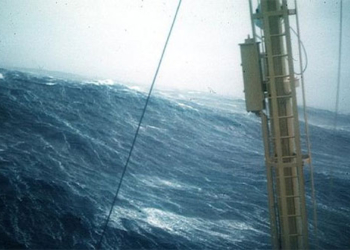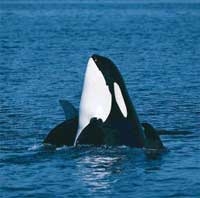Known as “sharks,” these creatures boast a well-proportioned body that ranks among the top in the animal kingdom. This highlights just how effective swimming is for weight management.
Videos featuring large great white sharks voraciously devouring unfortunate ocean creatures often captivate animal lovers. However, the scientific community has discovered that despite their gluttonous reputation, these sharks possess an impressively fit physique.
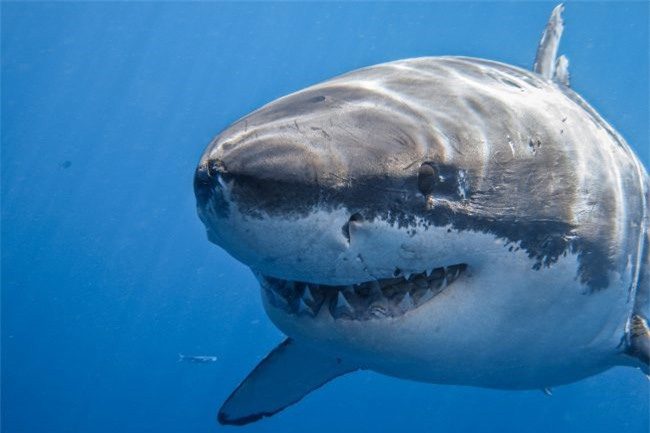
Called “fat,” yet they are not “fat” at all.
Indeed, despite being labeled as “fat” and “large,” these ruthless predators do not harbor any individuals classified as “obese.”
According to research, a great white shark can consume over 30 kg of whale blubber in one sitting before feeling full, providing enough energy to swim freely through the ocean and instill terror for the next month and a half.
In addition to fatty whale meat, they also have a fondness for juvenile seals, which are a rich energy source. Some scientists have observed one of these predators consuming three young seals within a week. It’s important to note that an adult great white shark weighs between 1 to 2 tons, while a young seal can weigh several hundred kilograms.
In the study, scientists attached satellite tracking devices to the sharks and monitored their buoyancy over an extended period. This data helps estimate their weight and stored fat in their bodies.
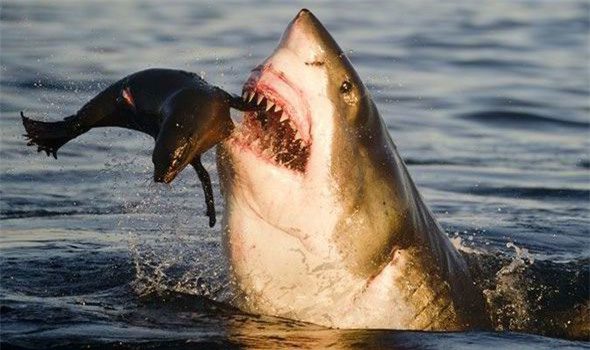
The liver is the largest organ in these sharp-toothed predators.
Accordingly, the liver is the largest organ in these sharp-toothed assassins and can account for up to 28% of an adult’s body mass. This is also where a significant amount of fat is stored. The remaining fat is evenly distributed throughout the muscles. Thanks to their highly active lifestyle, especially engaging in aquatic sports like sprinting after prey, these “fat” sharks cannot become overweight despite their large food intake.
They are known to swim over 4,000 km per trip. Scientists are still unclear about the immense motivation that drives them to be so active, but they speculate it may be the call of love (for mating season) or foraging for food. Another possible reason could be to “vacation” in warmer waters when cold ocean currents move into their habitats.
A location in the northeastern Pacific Ocean is affectionately dubbed the “great white café” due to the unusual gathering of these predators. They come here to dine, socialize, and plan for the creation of more “swimming athletes” in the future.
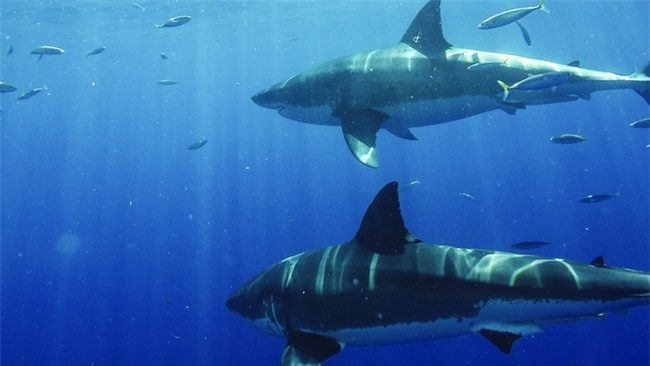
Sharks can live over 70 years, immune to blood fat, cancer…
Regarding survival, sharks need sufficient energy but must not be too heavy due to their swimming style. They must continuously swim to breathe and tend to glide with the current, so they do not require excessive fat for buoyancy, as this would disrupt their movement habits.
Ultimately, these hungry predators also have favorite foods and “trusted dining spots” without needing food reviewers. One shark returned to the same seal colony for 26 consecutive years to feast.
In conclusion, they can live over 70 years, immune to blood fat, cancer, and possibly even heart disease. This underscores the health benefits of regular swimming.








































